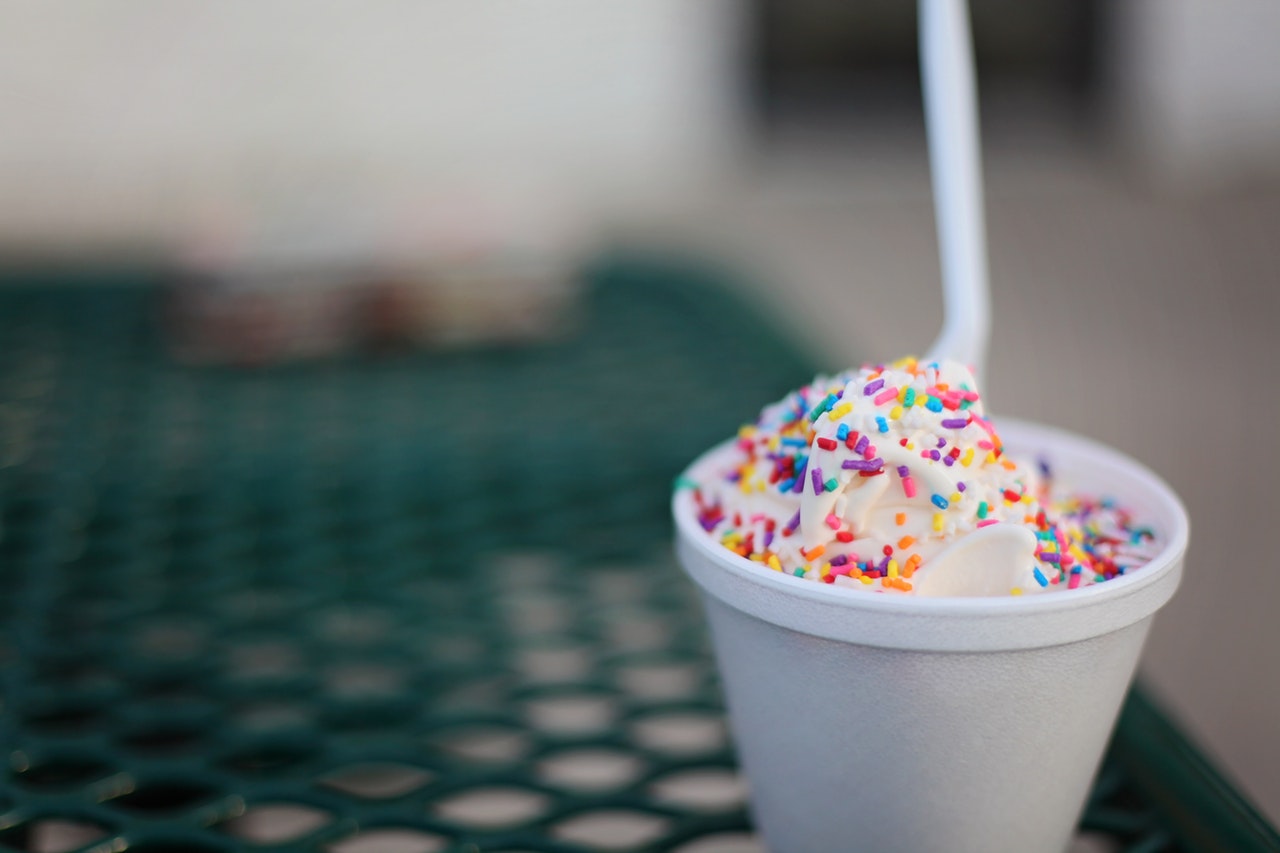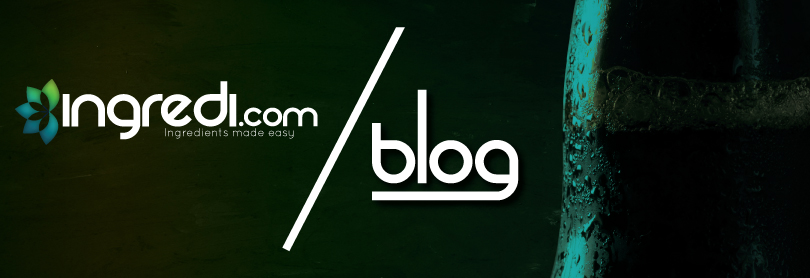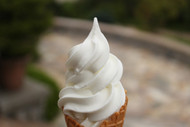What Makes Soft-Serve Ice Cream Soft?
By on Jul 24th 2019
Frozen desserts are incredibly popular in the US, especially during the summer months. When you’re looking to beat the heat and humidity of a summer day, there’s nothing better than a juicy Popsicle, creamy ice cream cone, or a refreshing cup of Italian ice. When it comes to summertime treats, everyone has their favorite, and ice cream has remained a fan favorite since it first became available to the public.
While hard-packed ice cream is the classic dessert for apple pie a ’la mode and local dairy farms promoting slow-churned ice cream, it’s not always the first frozen dairy treat consumers reach for in the summer. Soft serve ice cream gets picked about 70% of the time (at least according to 2008 data from NPD research group). The popularity of soft serve is hardly surprising; while most popular during the summer from ice cream trucks, amusement parks, and local roadside stands, this airy dessert is a popular treat at fast food joints year-round, as well as other restaurants.
But what makes soft serve so soft compared to its hard counterpart? The main difference lies in in the process, although individual recipes also call for different ingredients.

How to make soft-serve ice cream
The main distinction between hard and soft ice cream is its texture. Soft serve gets its characteristic lightness from its air content. Generally, soft serve has less fat and more air than hard serve ice cream. It is also served at warmer temperatures, giving the dessert its softness.
Given how widespread and popular soft serve is, the process needs to be relatively easy to make. Unlike hard ice cream, soft ice cream does not arrive premade. Soft serve arrives at stores in one of two forms: either a powdered mix or pre-mixed liquid. The powdered form requires the addition of water (or milk). This is the more common and cheaper option. The pre-mixed liquid is generally considered a more consistent (and premium) product, but it has a significantly shorter shelf-life.
The liquid base mix (either the reconstituted powder or pre-mix) is added to the holding compartment of a soft serve freezer. While the mixture is freezing, air is simultaneously being beaten into it. The process of whipping the ice cream mix as it is freezing creates smaller ice crystals, meaning softer ice cream. Air, believe it or not, plays a large role in determining ice cream’s characteristics by altering the taste and texture. More air results in a smoother, creamier tasting ice cream that looks whiter (when talking about vanilla). Less air in the mix means a more icy, off-white ice cream.

Soft-serve ice cream ingredients
Like its hard-packed ice cream cousin, soft serve contains the expected (and regulated) ingredients like milk, whey, sugar, and corn syrup. But when it comes to the large scale manufacture and sale of soft-serve ice cream, there are also frequently other additives used to stabilize and preserve the soft-serve mixes for optimum shelf-life and consistency.
The following ingredients may be found in commercial soft-serve ice cream:
Maltodextrin
Maltodextrin is a non-sweet sugar substance added to soft-serve ice cream to give it a denser consistency and prevent graininess.
Tetrasodium Pyrophosphate
Tetrasodium pyrophosphate is an emulsifier and thickening agent that helps give ice cream a smooth, even texture.
Mono- and Diglycerides
These fats are used as emulsifiers to help bind fatty ingredients with ingredients containing water.
Cellulose Gum
A thickener made from the cell walls of plants, cellulose gum provides a stabilizing function and improves the mouthfeel and texture of ice cream.
Carrageenan
Carrageenan is an extract from red seaweed used for its gelling, stabilizing, and thickening properties.
Sodium Phosphate
Food-grade sodium phosphate can be used as a texturizer, an emulsifier, or a leavening agent.
Potassium Phosphate
Potassium Phosphate is used as a flavor enhancer, stabilizer, and sequestering agent to prevent the ice cream from changing in an undesirable way over time.
Polysorbate 80
Polysorbate 80 is an emulsifier used in soft-serve ice cream to prevent the milk proteins from completely coating the fat droplets . This allows for a cohesive mixture that locks in air and provides a firmer texture.
Guar Gum
Made from guar beans, guar gum works as a stabilizer, emulsifier, and thickener and may be used in the production of soft-serve ice cream.
Sources:
http://www.nationalpost.com/soft+serve+cream+what+there+anyway/680377/story.html






